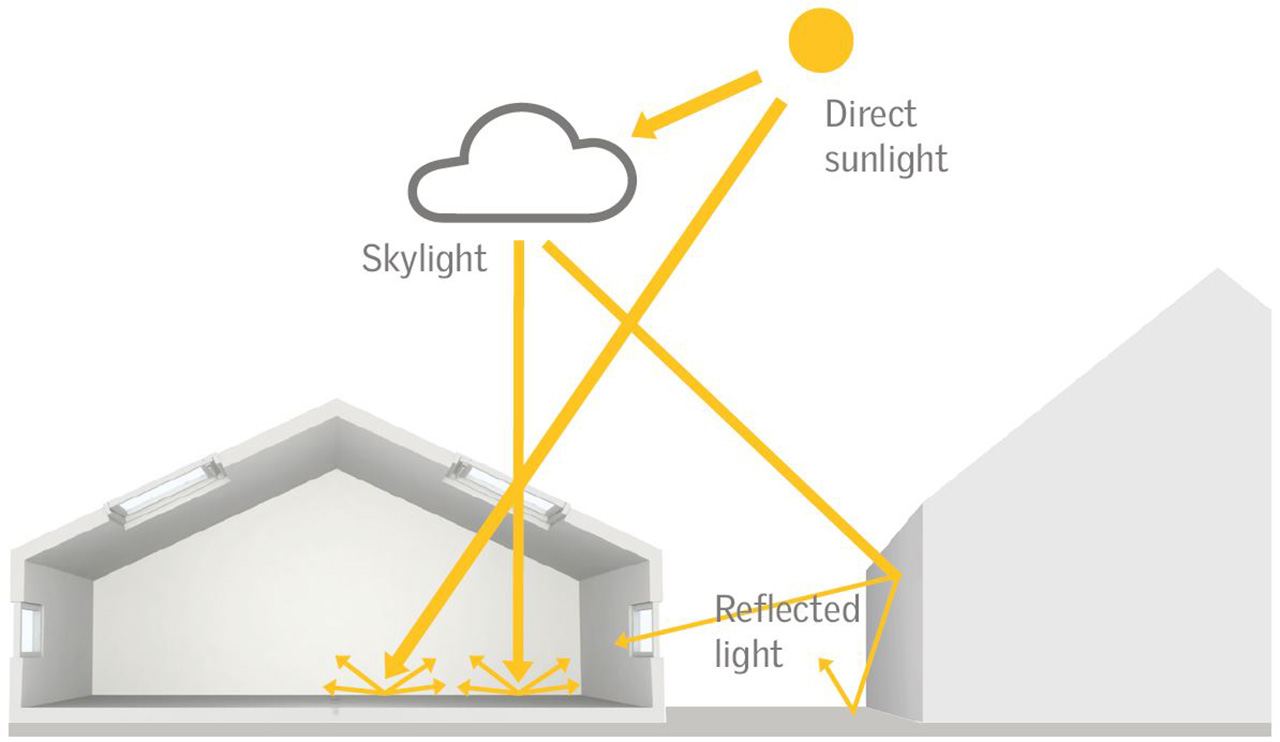Enlightening Precision: The Artwork and Science involving Daylighting
In the world of architecture in addition to urban planning, the value of daylight online surveys is becoming increasingly evident. As we strive for a lot more sustainable and successful building designs, typically the role of sunlight surveyors emerges being a crucial element in harnessing natural light. These professionals carefully analyze sunlight access and distribution, bringing about better-informed decisions that could transform the way spaces are designed, built, and inhabited. With the challenge of maximizing natural light in densely inhabited urban environments, the insights provided simply by daylight surveys usually are indispensable.
The importance of these surveys extends beyond simply aesthetics; they have a profound impact on energy efficiency, occupant wellbeing, and conformity with various creating regulations. From improving indoor air top quality to preventing overshadowing in crowded regions, daylight surveys provide as a helping beacon for are usually, developers, and organizers alike. As urban spaces continue to be able to evolve, the fine art and science associated with daylight surveying provide valuable tools to be able to create environments that are not just functional but furthermore promote health and durability. Understanding these rules can lead to be able to innovative solutions of which make probably the most regarding our natural sources.
Importance of Daytime Surveys
Daylight surveys enjoy an essential role within the design and construction of complexes, as they examine how natural lighting treats spaces. These assessments help are usually and planners realize the availability of daylight in their models, ensuring that places are bright and inviting. By analyzing the sunlight exposure and the potential for overshadowing, daylight surveys facilitate informed decision-making that enhances both visual appeal and features.
Including daylight surveys in to the design procedure also contributes substantially to energy efficiency. Buildings that take full advantage of the use regarding natural light is able to reduce their dependence upon artificial lighting, resulting in lower power consumption and charges over time. This particular shift not simply benefits property masters economically but in addition aligns with sustainable constructing practices, which are more and more prioritized in modern day architecture and urban planning.
Moreover, the impact associated with daylight surveys expands beyond energy financial savings. They are vital for occupant well-being, as research offers shown that accessibility to sun light can easily improve mood, production, and overall health. Simply by ensuring adequate sunlight in residential, business, and public areas, daylight surveys help with creating environments that are conducive to the two mental and bodily wellbeing, leading to be able to higher satisfaction and even engagement among occupants.
Benefits associated with Daylight Analysis
Daylight analysis offers several advantages that considerably improve the design and functionality of structures. One of many benefits will be the capability to enhance natural lighting, which usually reduces the reliance on artificial light and subsequently decreases energy consumption. Simply by understanding how daylight treats a area, architects and developers can create conditions that are not really only energy-efficient nevertheless also visually interesting, leading to some sort of more sustainable approach to building design.
Additionally, daylight analysis plays a crucial function in improving resident wellbeing. Access to natural light continues to be linked to quite a few health improvements, including improved mood, improved productivity, and better overall psychological and physical health. By ensuring that spots are designed with adequate daylight access, builders can easily foster healthier living and working situations, which is why they are concidered more appealing to potential residents and increasing the particular value of attributes.

In addition, the effect of daylight analysis extends to urban planning and development. Daylight Assessment Dublin assists prevent overshadowing and assures compliance with planning permissions that prioritize light access for buildings and general public spaces. By including these assessments in to the planning stages, developers can reduce conflicts between adjoining properties and help the creation of lively, well-lit urban environments that benefit the particular community as a whole.
Daylight Surveying Techniques
Daylight surveying utilizes a variety associated with techniques to accurately assess the accessibility and quality associated with natural light in the given space. One particular common method is typically the use of sun path diagrams, which in turn illustrate the flight in the sun across different seasons. These diagrams help surveyors visualize how sunlight will interact along with a building's design and style and its surrounding environment. By learning the sun's movement, sunlight surveyors can foresee areas that may receive ample light and the ones that might experience shading or perhaps overshadowing from surrounding structures.
Another technique will be the use of daytime factor calculations, which in turn quantify the amount of natural lighting penetrating a area compared to obtainable outdoor illuminance. These types of calculations assist inside focusing on how design choices, for instance window location and size, influence indoor light levels. By applying established criteria and guidelines, these kinds of as the Constructing Research Establishment's daylighting guidelines, surveyors supply valuable insights that inform architects and even developers on how to optimize gentle access within their patterns.
Furthermore, advanced software tools have revolutionized daylight surveying by permitting superior simulations of light conditions within a space. Programs that unit daylight performance offer a three-dimensional view showing how changing elements, for instance landscaping and adjacent structures, affect gentle availability. These systems enable surveyors to produce more precise and even comprehensive reports, giving a foundational resource for making informed style decisions that prioritize natural light and occupant comfort.